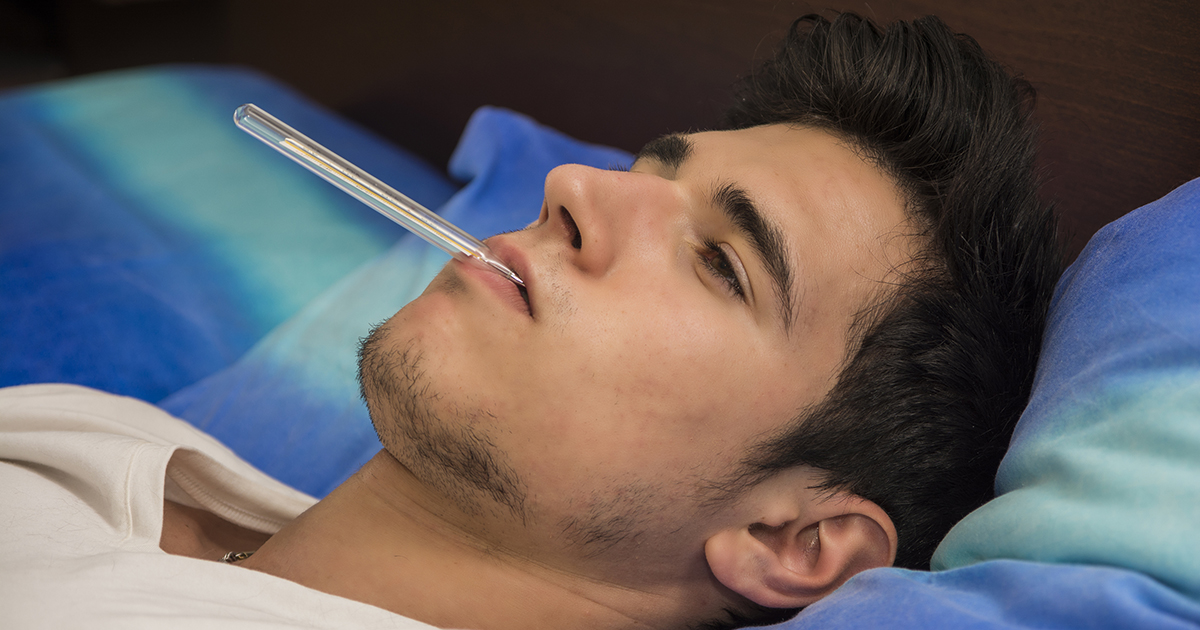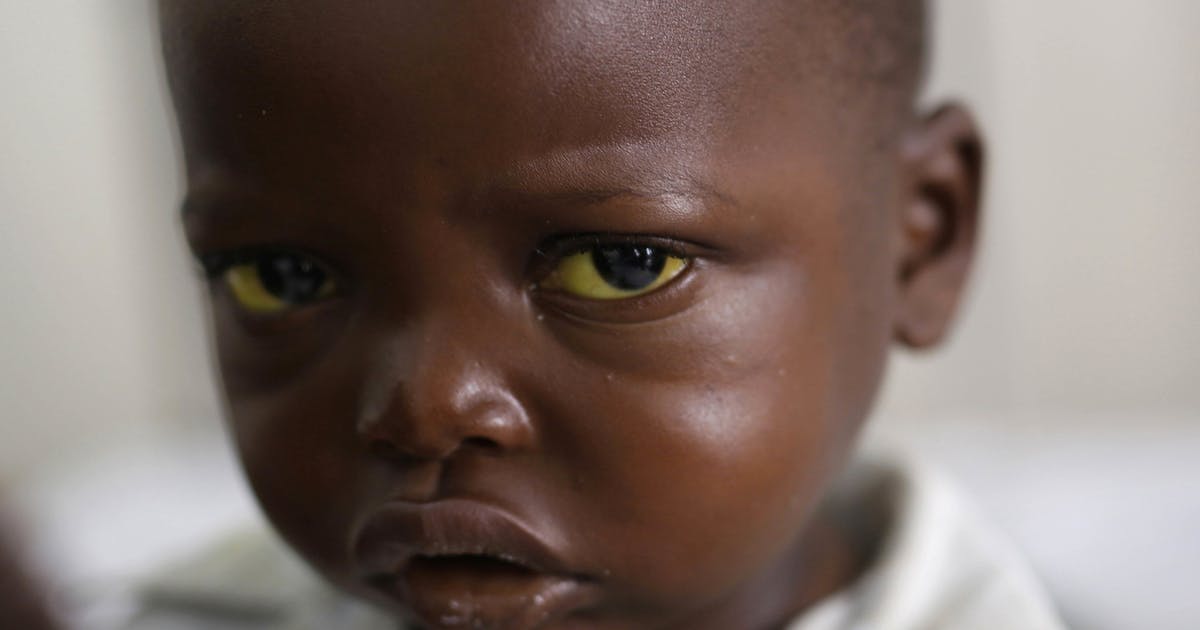Symptoms Linked To Yellow Fever
High Fever

The aches linked to yellow fever are often followed by a high fever a few days after. Due to the body's natural inflammatory response to the disease, along with the increase in body temperature due to the fever, many of the initial symptoms of yellow fever compound upon one another. The fever can cause additional aches and sensitivity as well due to the increased pressure caused by the body's natural immune system's inflammatory response.
The fever comes with most symptoms patients would normally expect, including the aches and pains, cold sweat, chills, et cetera. Once the fever subsides, the yellow fever virus goes into remission and most patients enter the recovery phase, which can take several weeks. A small percentage of patients have the virus flare up again as it enters its toxic phase, causing more dangerous symptoms.
Jaundice

If the virus reaches its toxic stage, the symptoms of yellow fever become far more severe. The first sign the disease may be heading towards the toxic stage is jaundice, or yellowing of the eyes and skin, and can also cause the darkening of urine and lightening of stool. This yellow pigmentation of the skin is usually caused by a build-up of bilirubin, which usually signifies a build-up of bile in the liver as well as an early warning sign there may be other potential and more serious liver problems such as liver damage, blockage of the bile duct in the liver, or improper secretion of bile in the body. Bilirubin is produced by the breaking down of red blood cells by the bile in the liver, which in turn results in the yellow skin tone and yellowing of the whites of the eyes.
